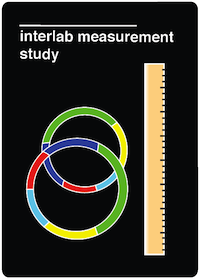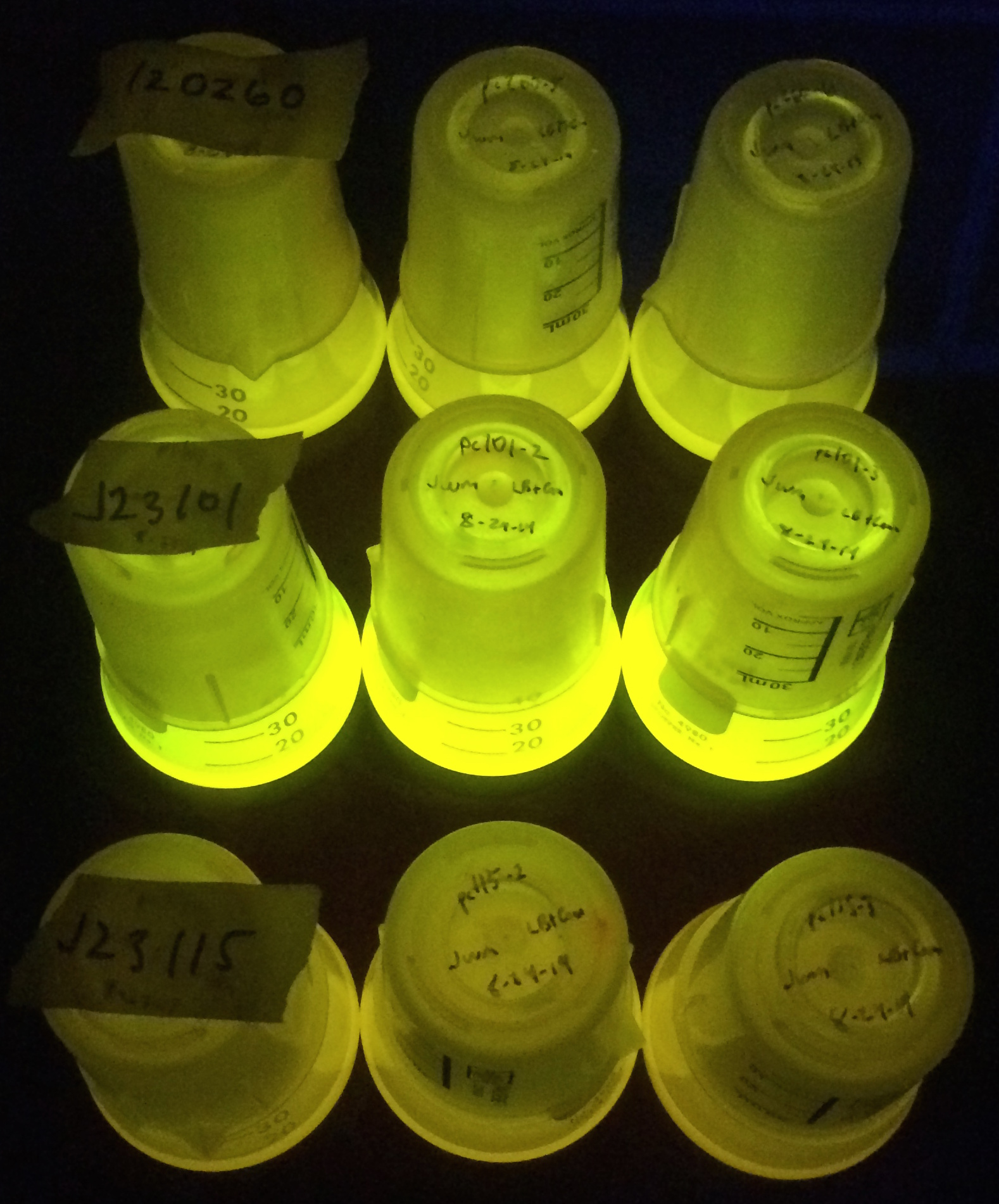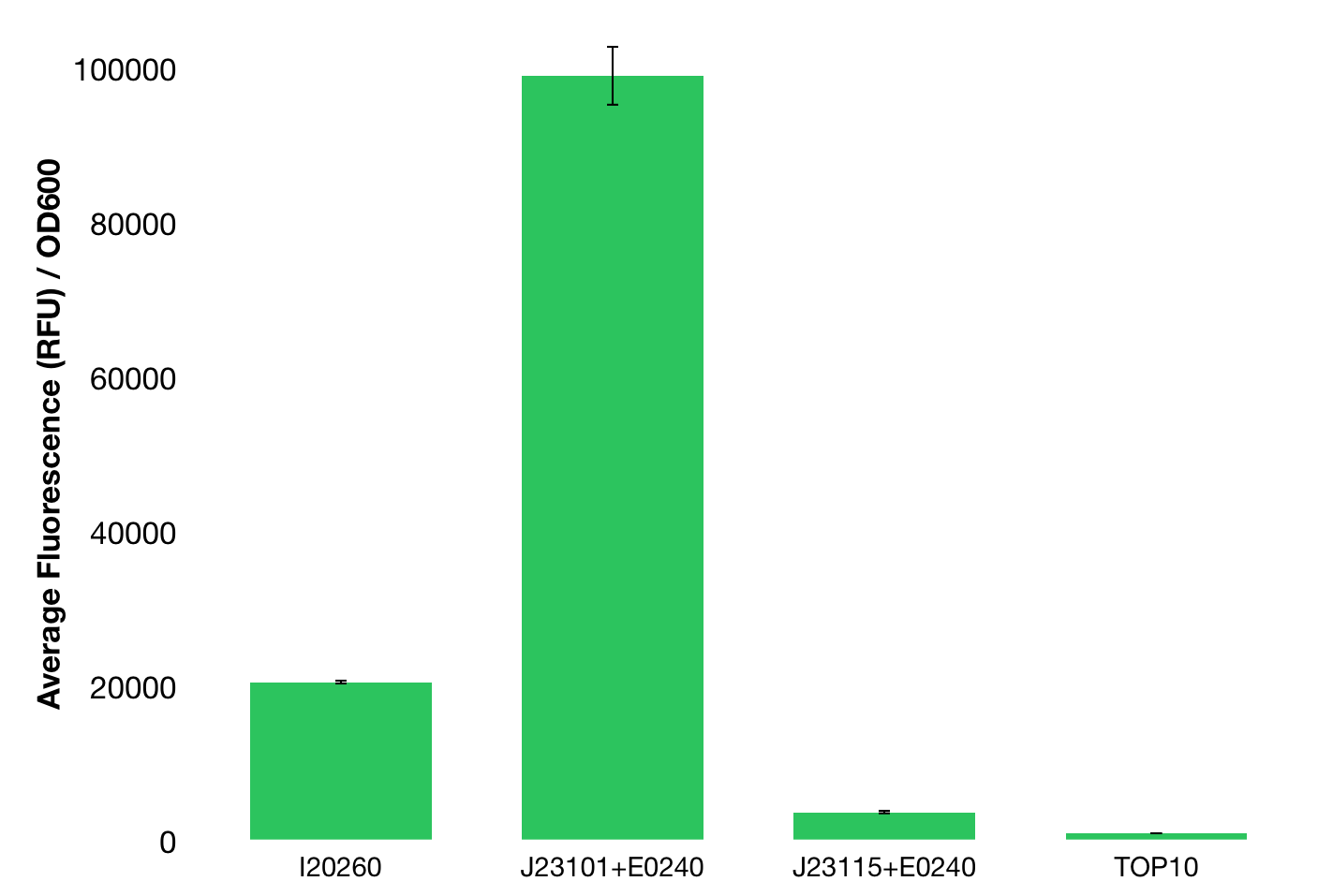Team:Austin Texas/interlab study
From 2014.igem.org
| Line 140: | Line 140: | ||
Despite the genetic similarities in the devices—all three contained the same coding sequence, two devices had the same backbone and two devices had the same promoter sequence—there were stark differences in the amount of fluorescence produced by each of the devices. | Despite the genetic similarities in the devices—all three contained the same coding sequence, two devices had the same backbone and two devices had the same promoter sequence—there were stark differences in the amount of fluorescence produced by each of the devices. | ||
| - | <h2>Discussion on | + | <h2>Discussion on Unexpected Results</h2> |
While we expected the device with a strong promoter and the highest copy number plasmid to have the highest fluorescence, we did not observe this to be the case. Instead, we saw that the two constructs with the same promoter and coding region in both the medium copy number plasmid pSB3K3 and the high copy number plasmid pSB1C3 actually yielded the strongest fluorescence signal in the medium copy number plasmid. It is possible that the high copy number plasmid pSB1C3 had a negative effect on overall fluorescence—perhaps it became toxic or slowed cell growth. However, it is also possible that we may have swapped cultures or mislabeled an initial eppendorf or culture tube. | While we expected the device with a strong promoter and the highest copy number plasmid to have the highest fluorescence, we did not observe this to be the case. Instead, we saw that the two constructs with the same promoter and coding region in both the medium copy number plasmid pSB3K3 and the high copy number plasmid pSB1C3 actually yielded the strongest fluorescence signal in the medium copy number plasmid. It is possible that the high copy number plasmid pSB1C3 had a negative effect on overall fluorescence—perhaps it became toxic or slowed cell growth. However, it is also possible that we may have swapped cultures or mislabeled an initial eppendorf or culture tube. | ||
Revision as of 13:45, 17 October 2014
| |||||||||||||||||||||||||||||
 "
"



